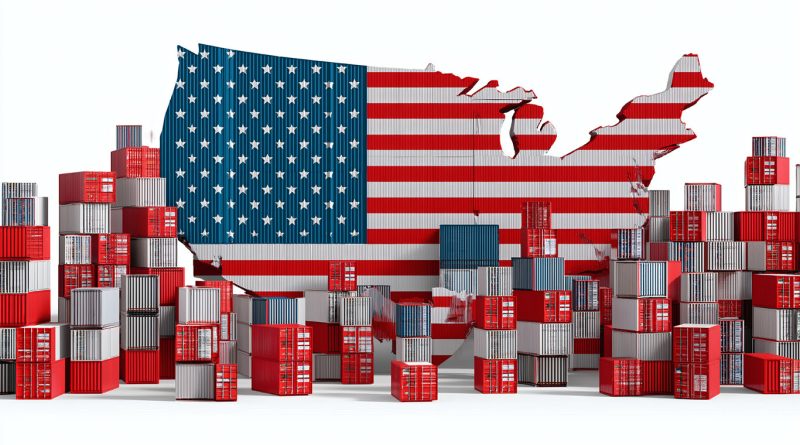Trump Administration Doubles SBA Loan Cap to Boost U.S. Manufacturing
Subscribe to our free newsletter today to keep up to date with the latest manufacturing news.
The Trump administration’s latest economic initiative has drawn renewed attention to American manufacturing. With the announcement of a doubled cap on key Small Business Administration (SBA) loans, the federal government is aiming to stimulate industrial growth, especially among small to midsize manufacturers. This move is part of a broader “Made in America” agenda, one that seeks to reposition the United States as a self-sustaining production powerhouse amid ongoing concerns about overseas dependency.
The change reflects a significant recalibration of federal priorities, blending economic nationalism with small business enablement. It aligns closely with campaign promises and legacy policies that emphasize domestic job creation, reduced regulatory overhead, and expanded access to financial support for producers.
Doubling of SBA loan caps and how it reshapes access to capital
At the heart of the policy change is a major expansion of the loan capacity within the SBA’s 7(a) and 504 programs, two of the most commonly used financing vehicles for small businesses. Effective this year, the loan limits for both programs have been raised from $5 million to $10 million.
This development represents one of the largest single increases in SBA loan authority in more than a decade. The new ceiling is designed to support larger-scale capital projects, such as equipment upgrades, facility expansions, or supply chain enhancements. In an era when reshoring production has become a political and economic imperative, the increased loan cap offers a critical financial cushion for companies looking to grow within the United States.
Loan officers and economic development authorities see this as a strategic lever. With high interest rates and inflationary pressures continuing to impact borrowing behaviors, federal backing can provide both the confidence and collateral that small manufacturers need to proceed with high-stakes investments.
Manufacturing loan activity surges by over 70 percent
Data from the SBA points to a significant uptick in loan activity directed at manufacturing operations. According to a SBA report, the volume of manufacturing-related loan approvals surged by 74 percent compared to previous years.
The timing of this uptick is notable. Despite broader economic uncertainties, manufacturers appear to be embracing the opportunity to modernize and expand. Many small firms, particularly those in states like Ohio, Pennsylvania, and Michigan, are leveraging these funds to acquire advanced machinery, integrate automation, and train labor forces on emerging technologies.
By comparison, the previous administration maintained similar loan programs but did not enact a cap increase of this magnitude. Analysts suggest that this latest change could help shift market dynamics by leveling the playing field between small domestic firms and large multinational competitors.
Regulatory rollbacks and support infrastructure gain traction
Beyond loan size increases, the administration has coupled its financing strategy with a series of regulatory reforms. Among the most prominent is a pledge to cut $100 billion in federal regulations deemed burdensome to manufacturers. While details on implementation remain sparse, early signals indicate a focus on EPA and OSHA-related compliance procedures.
To reinforce this agenda, the Office of Manufacturing and Trade has been launched, tasked with serving as a centralized liaison for manufacturers navigating federal processes. Complementing this is a “Red Tape Hotline,” aimed at giving business owners a direct line to report inefficiencies or barriers in obtaining approvals or resources.
This blend of financial and administrative support reflects an attempt to create a more agile environment for industrial growth. While critics question the long-term sustainability and oversight of such programs, early feedback from the business community has been cautiously optimistic.
A key component of the policy package is the emphasis on workforce development. Recognizing that capital investment alone is insufficient, the administration has outlined goals to expand technical education, enhance apprenticeship programs, and connect manufacturers with local workforce boards.
Federal agencies, in partnership with state governments, are expected to unveil new grant programs later this year to support these goals. The overarching objective is to create a pipeline of skilled labor that can operate and maintain advanced manufacturing systems.
This workforce emphasis dovetails with recent trends in industrial policy, which advocate for a holistic approach to reshoring and innovation. By addressing both capital and labor needs simultaneously, the administration aims to fortify the foundational infrastructure required for a resilient manufacturing economy.
Sources:
